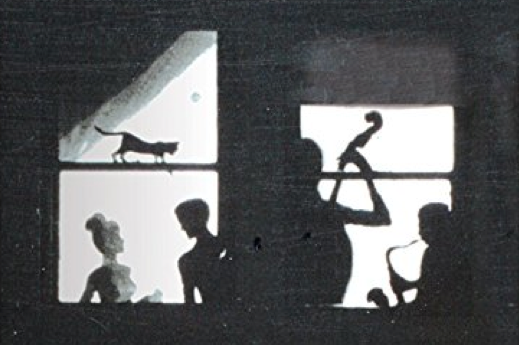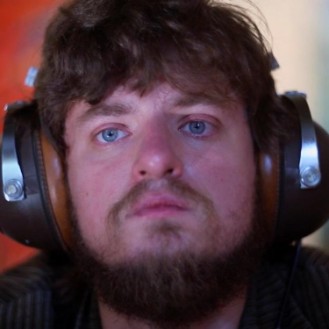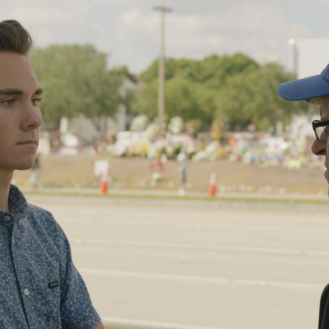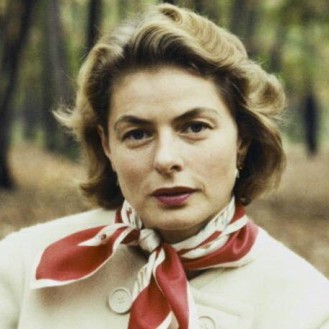The documentary form of filmmaking has been around since the very beginning of the moving image. In well over a century, it has been transformed in a variety of ways, leading to some of the most innovative cinema. This is exactly why it is always so frustrating when someone takes an interesting individual or event and makes a documentary that takes nothing from this history, instead opting to utilize the same old cookie-cutter style of filmmaking that was used by corporate documentarians fifty years ago. This is even more frustrating when the film is about a photographer and jazz enthusiast who left behind a lot of archival photography. You can see, then, why Sara Fishko’s directorial debut The Jazz Loft According to W. Eugene Smith is so unsatisfying.
Eugene Smith was a photographer who got his start in war photography, but Fishko’s doc is more focused on his later work, photographing and recording the sights and sounds of the Jazz Loft, a loft in Manhattan which attracted some of the greatest jazz musicians of the 1950s and 60s. Smith isn’t the greatest photographer of his generation, but there is – undoubtedly – something beautiful about these photographs. A great documentary could have been made in the Santiago Alvarez style, which is to say, if the photos and music were given top treatment. Unfortunately, yet another filmmaker falls victim to the dreaded above-all-else use of talking heads.
With the death of Smith, a good three decades before the film, there is not anything of particular value that these talking heads can say that could not be gleaned by a quick look through Wikipedia. Even the most interesting factoid about the era is nothing compared to the sounds of improvisational jazz played by Thelonious Monk, which is something that is available in the doc.
This critic realizes that their main issue with the documentary is not so much what it is than what it is not. However, what it is and what it is not work together to ensure that this doc will never break through to a general audience. A great documentary with an esoteric subject can easily break through to an audience who has no familiarity with said subject. This documentary may be of interest to fans of Smith or jazz enthusiasts, but no one else will give it a second look.
**********
Do You Tweet? Follow These Tweeple:
Shahbaz Khayambashi: @Shakhayam





Ay…. “Smith isn’t the greatest photographer of his generation.” More than a few people who know about photography would beg to differ. He’s sometimes ranked among the greatest photographers of all time.